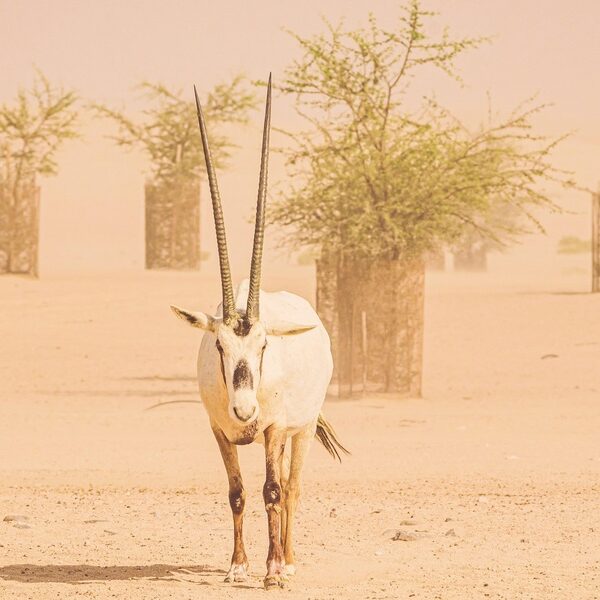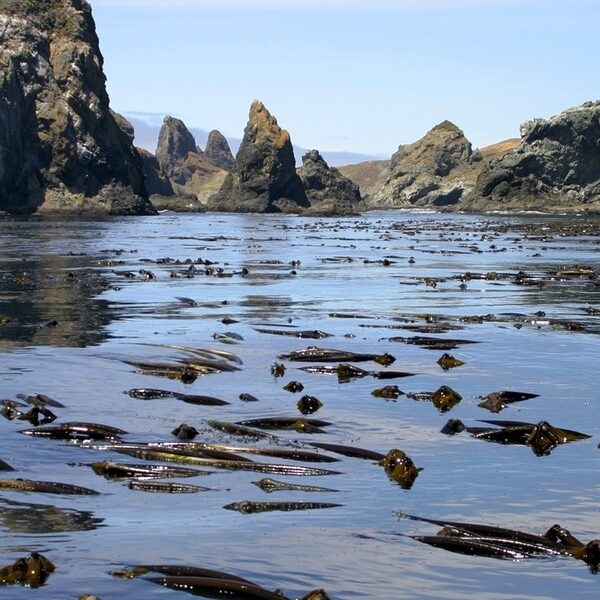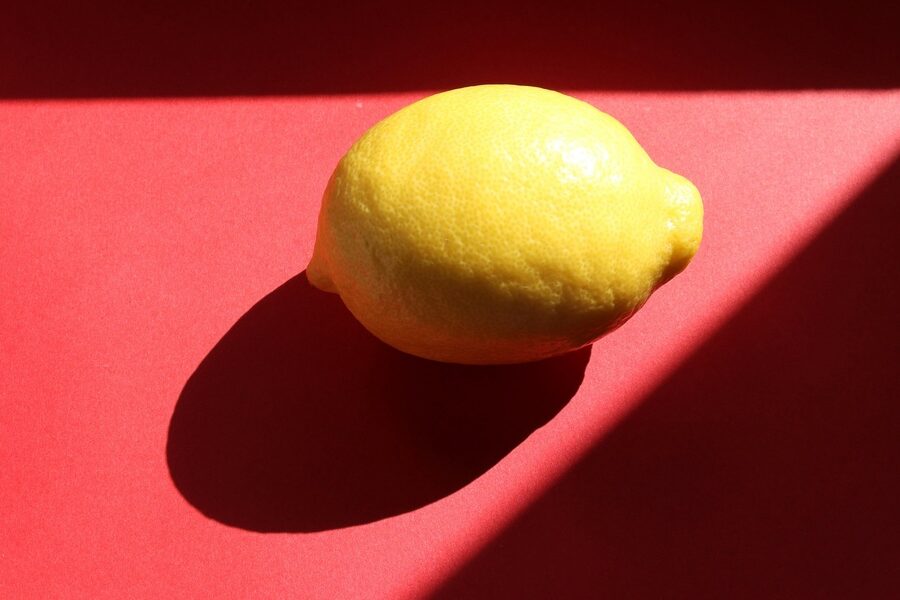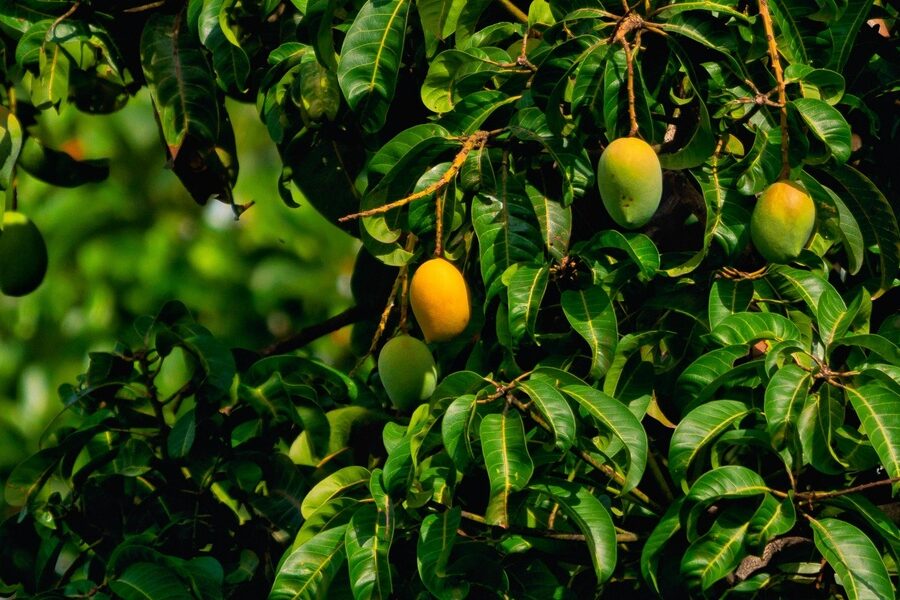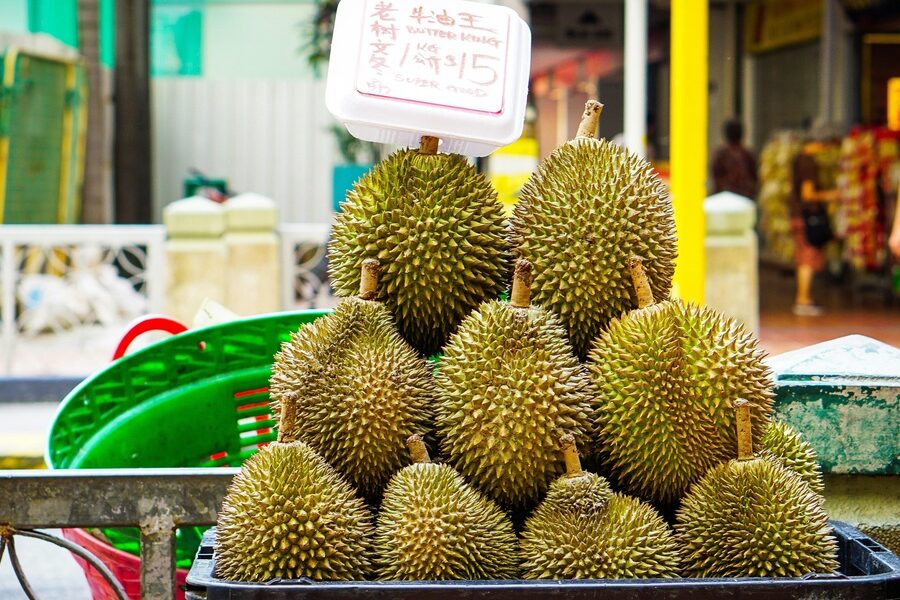Eritrea’s coastline, highlands and valleys support a varied mix of fruit grown by smallholders and market gardeners. From Asmara’s street stalls to coastal trading hubs, local conditions and traditional varieties shape what appears on tables through the year.
There are 25 Fruits of Eritrea, ranging from Assyrian Plum to Watermelon. For each entry, the columns Local name(s),Scientific name,Season / region are provided to help identification and timing; you’ll find below.
When are Eritrean fruits typically in season?
Seasonality depends on altitude and the crop: lowland and coastal fruits tend to ripen in the hotter months, while highland fruits mature in the cooler season. Check the Season / region column for each item to match markets and harvest windows.
Can I source these fruits outside Eritrea?
Many fruits listed are common across the Horn of Africa and appear in regional markets or diaspora communities, though some local varieties or names may be rare abroad. For exact availability, consult the Local name(s) and Scientific name entries to search growers or specialty importers.
Fruits of Eritrea
| Name | Local name(s) | Scientific name | Season / region |
|---|---|---|---|
| Cactus Pear | Beles, Shok al-Jimal | Opuntia ficus-indica | Jun-Aug; Highlands, Anseba |
| Mango | Mango, Mangus | Mangifera indica | Apr-Jul; Gash-Barka, lowlands |
| Banana | Bano, Muz | Musa spp. | Year-round; Gash-Barka |
| Guava | Zeytun, Guafa | Psidium guajava | May-Aug, Nov-Feb; Lowlands, midlands |
| Papaya | Papayo, Babay | Carica papaya | Year-round; Gash-Barka, lowlands |
| Orange | Aranshi, Burtukan | Citrus × sinensis | Nov-Mar; Elabered, Ghinda |
| Lemon | Lemin, Limun | Citrus limon | Year-round; Widespread cultivation |
| Pomegranate | Roman | Punica granatum | Sep-Nov; Highlands, midlands |
| Grapes | Weyni, Inab | Vitis vinifera | Jun-Aug; Highlands (Debub) |
| Watermelon | Hambesha, Batekh | Citrullus lanatus | Apr-Jul; Gash-Barka, coastal plains |
| Fig | Beles (common fig), Shingur, Teen | Ficus carica | Jul-Sep; Highlands, midlands |
| Doum Palm | Akat, Akate | Hyphaene thebaica | Year-round; Lowlands (Gash-Barka, Northern Red Sea) |
| Baobab | Adansonia, Dagona, Momona | Adansonia digitata | Dry season (Oct-May); Western lowlands |
| Jujube | Gulgul, Enkua’ko, Nabaq | Ziziphus spina-christi | Oct-Jan; Widespread in dry areas |
| Tamarind | Humer, Tsom’e | Tamarindus indica | Jan-Apr; Lowlands |
| Date Palm | Temri, Balah | Phoenix dactylifera | Aug-Oct; Coastal plains, northern lowlands |
| Sycamore Fig | Shugla, Da’ero, Jamiz | Ficus sycomorus | Year-round (multiple crops); Midlands, highlands |
| Custard Apple | Gishta, Ishta | Annona squamosa | Aug-Oct; Lowlands |
| Avocado | Avocado | Persea americana | Jun-Sep; Limited cultivation in midlands |
| Mandarin | Mandarin, Yusuf Effendi | Citrus reticulata | Nov-Feb; Midlands |
| Grapefruit | Grefrut, Grapefruit | Citrus × paradisi | Dec-Apr; Elabered area |
| Dobera | Garas, Dobera | Dobera glabra | Mar-Jun; Dry lowlands, coastal areas |
| Desert Date | Meka’e, Lalob | Balanites aegyptiaca | Apr-Jun; Arid lowlands |
| Assyrian Plum | Aw-hi, Makhi, Sabak | Cordia myxa | Apr-Jun; Widespread in midlands and lowlands |
| Carob | Kharub | Ceratonia siliqua | Aug-Oct; Dry highlands |
Images and Descriptions
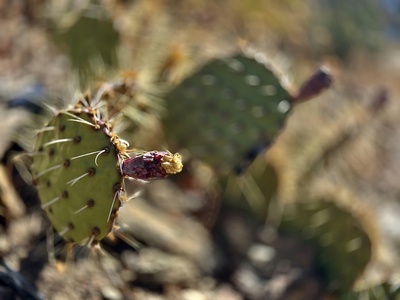
Cactus Pear
A beloved summer icon, this sweet, juicy fruit grows on a cactus. Its vibrant flesh, ranging from orange to deep red, is full of edible seeds and is a symbol of resilience and a refreshing treat during the hot season.

Mango
A popular tropical fruit cherished for its sweet, aromatic, and juicy orange flesh. Eritrean mangoes are often eaten fresh, juiced, or used in desserts. The western lowlands produce some of the best varieties.

Banana
Grown in the fertile western lowlands, Eritrean bananas are a staple fruit. They are typically sweet and creamy, eaten as a quick snack, blended into smoothies, or used in fruit salads. They are available throughout the year.
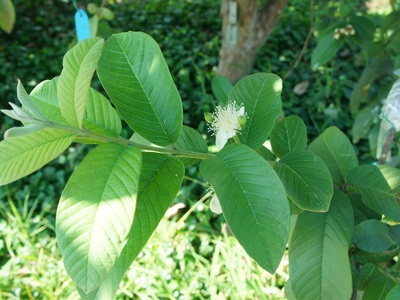
Guava
A highly aromatic fruit with a unique sweet and slightly floral flavor. The flesh can be white or pink with many small, hard seeds. It’s enjoyed fresh or made into a popular, fragrant juice called “tjus zeytun.”
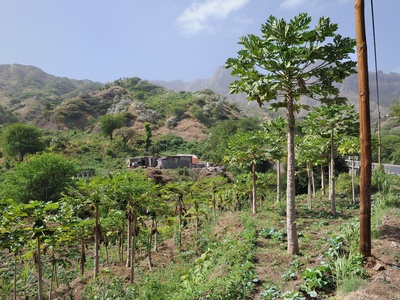
Papaya
This large, oblong tropical fruit has soft, buttery orange flesh and a sweet, musky flavor. It’s often eaten for breakfast or blended into smoothies. The central cavity is filled with black, peppery seeds.

Orange
A classic citrus fruit prized for its sweet and tangy juice. Eritrean oranges, particularly from areas like Elabered, are famous for their quality. They are eaten fresh or squeezed for a refreshing drink, especially in cafes.

Lemon
A sour and acidic citrus fruit essential in Eritrean cuisine. Lemon juice is used to season salads, stews (tsebhi), grilled meats, and is famously squeezed into tea. Its bright flavor enhances many traditional dishes.
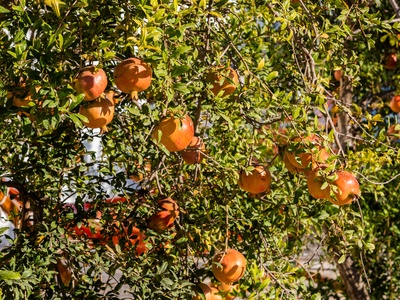
Pomegranate
This ancient fruit holds a jewel-like collection of sweet-tart, juicy seeds called arils. In Eritrea, it’s often eaten fresh by breaking it open and eating the arils. It’s valued for its refreshing taste and health benefits.

Grapes
Cultivated in the cooler highlands, Eritrean grapes are enjoyed as a sweet table fruit. Historically, the country also had a tradition of winemaking. They provide a burst of sweet, refreshing juice when eaten fresh during the summer.
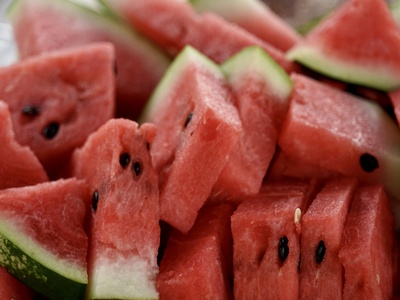
Watermelon
A massive, hydrating fruit perfect for hot weather. Its crisp, sweet, red flesh is a popular treat during the summer months. It’s grown extensively in the western lowlands and is a common sight in markets across the country.

Fig
A soft, sweet fruit with a chewy texture and numerous tiny, crunchy seeds. Both wild and cultivated varieties are found. Figs are eaten fresh from the tree or sun-dried for later use, providing a rich, natural sweetness.

Doum Palm
The fruit of the gingerbread palm has a hard, shiny brown shell covering a fibrous, sweet pulp that tastes like gingerbread. It is chewed for its unique flavor and is a common snack, especially in lowland regions.
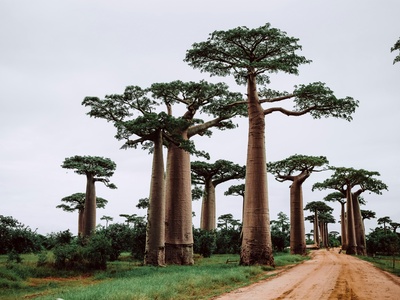
Baobab
The large, velvety pod of the “tree of life” contains a dry, chalky pulp surrounding seeds. This pulp is tangy and citrus-like, rich in vitamin C. It’s often soaked in water to make a refreshing drink or eaten as a powder.

Jujube
Small, round, and crunchy like a tiny apple when fresh, this fruit becomes chewy and date-like when dried. It has a sweet, apple-like flavor and is a popular wild snack for children and herders across the country.
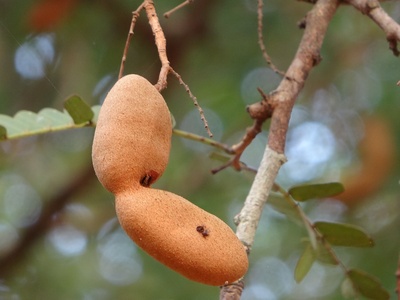
Tamarind
This fruit grows in a bean-like pod containing a sticky, brown pulp. It has a unique sweet-and-sour taste and is used to make refreshing drinks, flavor sauces, and as a key ingredient in some traditional dishes.

Date Palm
A staple of arid regions, dates are incredibly sweet and chewy fruits that grow in large clusters. They are an important source of energy and are widely cultivated along the coast and in oases, eaten fresh or dried.
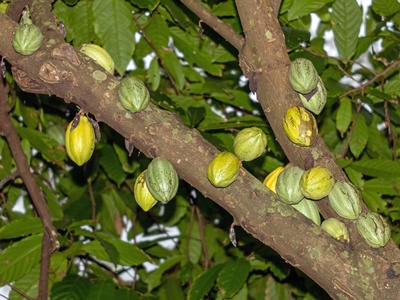
Sycamore Fig
This native fig tree produces clusters of small, sweet fruits directly on its trunk and branches. It’s an important shade tree, and its fruits are a traditional food source, often foraged and eaten fresh by local communities.

Custard Apple
This unique fruit has a bumpy green skin and a soft, creamy white pulp with a sweet, custard-like flavor. The flesh is segmented and contains large black seeds. It’s a delectable tropical treat eaten fresh with a spoon.

Avocado
Increasingly popular, this creamy fruit has a rich, buttery texture and mild flavor. While not traditional, it’s now cultivated in some areas and used in smoothies, salads, or simply eaten with a sprinkle of salt and lemon.
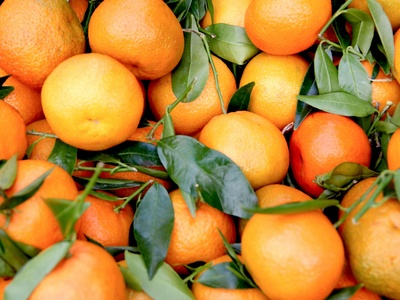
Mandarin
A smaller, sweeter cousin of the orange with a loose, easy-to-peel skin. Mandarins are a popular and convenient snack, especially for children, offering a burst of sweet, tangy citrus flavor during the winter months.
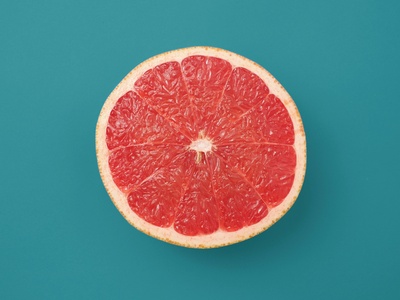
Grapefruit
A large citrus fruit with a tart to semi-sweet flavor. Its flesh can be yellow, pink, or red. It is typically eaten for breakfast or juiced, valued for its refreshing bitterness and high vitamin C content.

Dobera
An important fruit in arid regions, this small, oval green fruit is a key source of food during dry seasons. It has a slightly sweet, watery pulp and is a regular part of the diet for pastoralist communities.
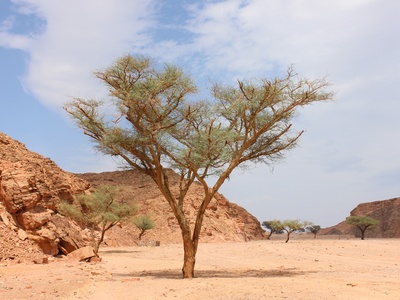
Desert Date
This small, date-like fruit has a bittersweet, fibrous pulp surrounding a large, oil-rich seed. It’s a hardy drought-resistant tree, and the fruit is an important source of nutrition for people and livestock in dry areas.
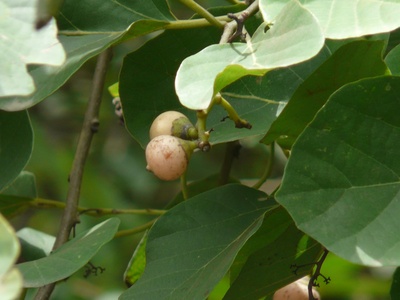
Assyrian Plum
This small, round fruit contains a sweet, extremely sticky, and translucent pulp surrounding a single stone. It’s more of a foraged snack than a commercial fruit, appreciated for its unique gelatinous texture and mild sweetness.
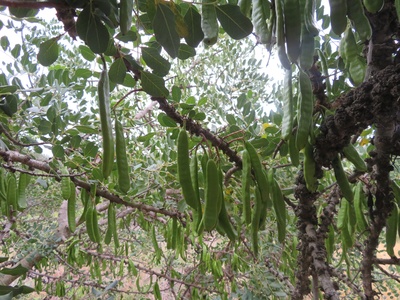
Carob
The pods of the carob tree contain a sweet, edible pulp that tastes somewhat like chocolate when dried and powdered. The pods are sometimes chewed fresh for their sweetness. It’s a resilient tree found in drier parts of the country.

